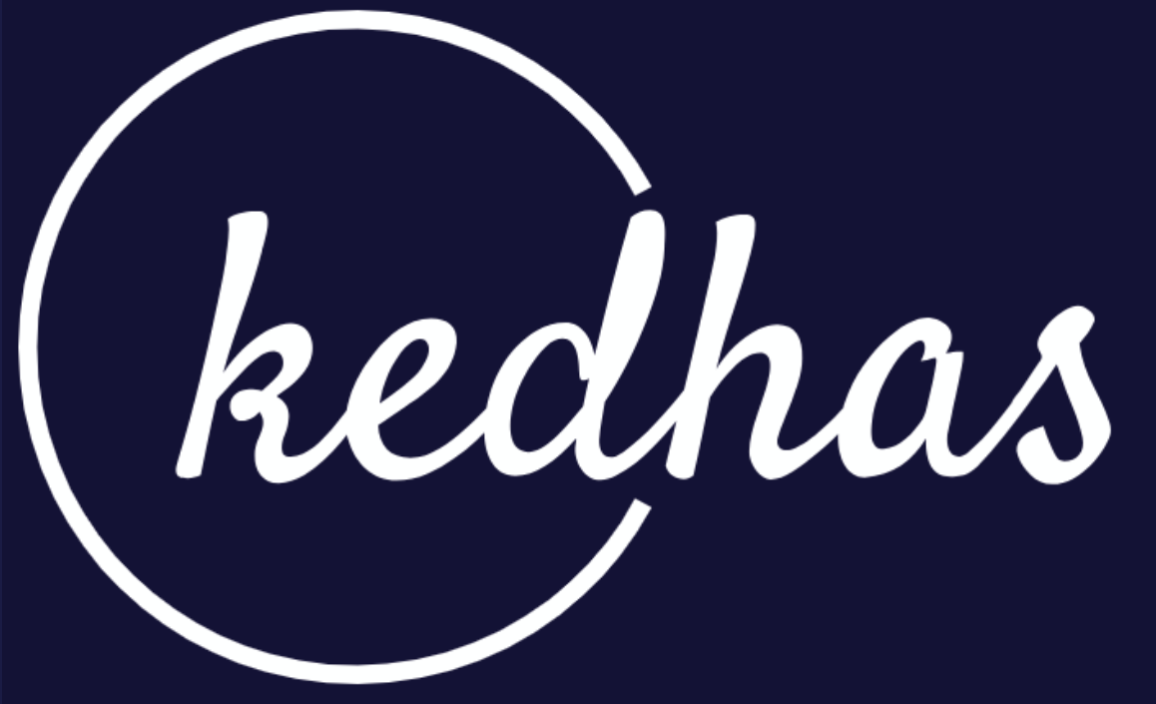Syntax and Basics
Welcome to the "Syntax and Basics" section of this fast-paced Python training course. As a software engineer, you'll appreciate Python's clean and readable syntax, which allows for rapid development and debugging. This section is designed to give you a solid foundation in Python programming, covering essential topics like variables, data types, and operators.
Variables: The Storage Units
Variables are the fundamental storage units in Python. They hold data values and are created through assignment statements. Python is dynamically typed, meaning you don't have to explicitly declare the data type of a variable.
x = 10 # Integer
y = "Hello" # String
z = 3.14 # FloatData Types: The Nature of Data
Python comes with a variety of built-in data types to handle different kinds of data:
- Integers: Whole numbers without a fractional component. E.g.,
1, -5, 1000 - Floats: Numbers with a decimal point. E.g.,
3.14, -0.001, 2.0 - Strings: Sequences of characters enclosed in quotes. E.g.,
"Hello", 'Python' - Booleans: Logical values representing
TrueorFalse.
integer_type = 42
float_type = 3.14
string_type = "Python"
boolean_type = TrueOperators: The Action Takers
Operators in Python perform operations on variables and values. They are categorized into:
- Arithmetic Operators:
+,-,*,/,%,//,** - Comparison Operators:
==,!=,<,>,<=,>= - Logical Operators:
and,or,not
# Arithmetic
sum = 5 + 3 # 8
difference = 5 - 3 # 2
# Comparison
is_equal = (5 == 3) # False
# Logical
result = (5 > 3) and (5 < 10) # TrueBy the end of this section, you'll have a strong grasp of Python's syntax and basic programming concepts, setting the stage for more advanced topics. Whether you're new to Python or brushing up on the basics, this section will equip you with the skills you need to write effective Python code.
Book a conversation with us for personalize training today!

